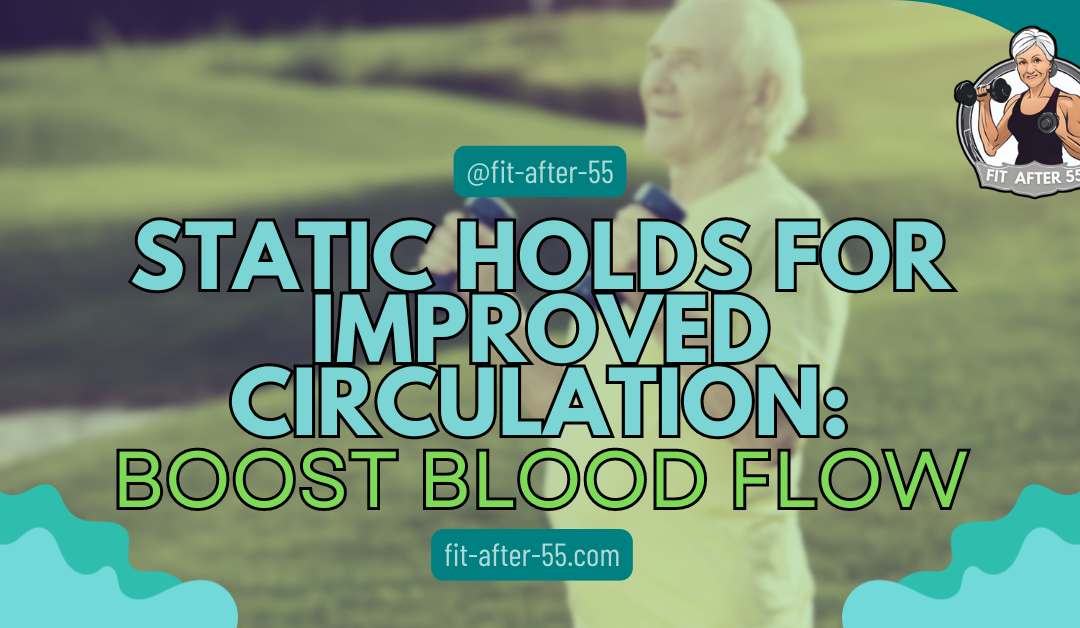Are you looking to enhance your circulation and boost blood flow? Static holds for improved circulation might be the solution you’re seeking. These simple yet effective exercises improve circulation and support overall cardiovascular health. This article explores how incorporating static holds into your routine can invigorate your body, enhance energy levels, and promote a healthier lifestyle. Whether you’re new to exercise or seeking to refine your fitness regimen, this guide offers practical tips and techniques to help you get started on your journey to better circulation.
Static Holds for Improved Circulation: Boost Blood Flow with Isometric Exercises
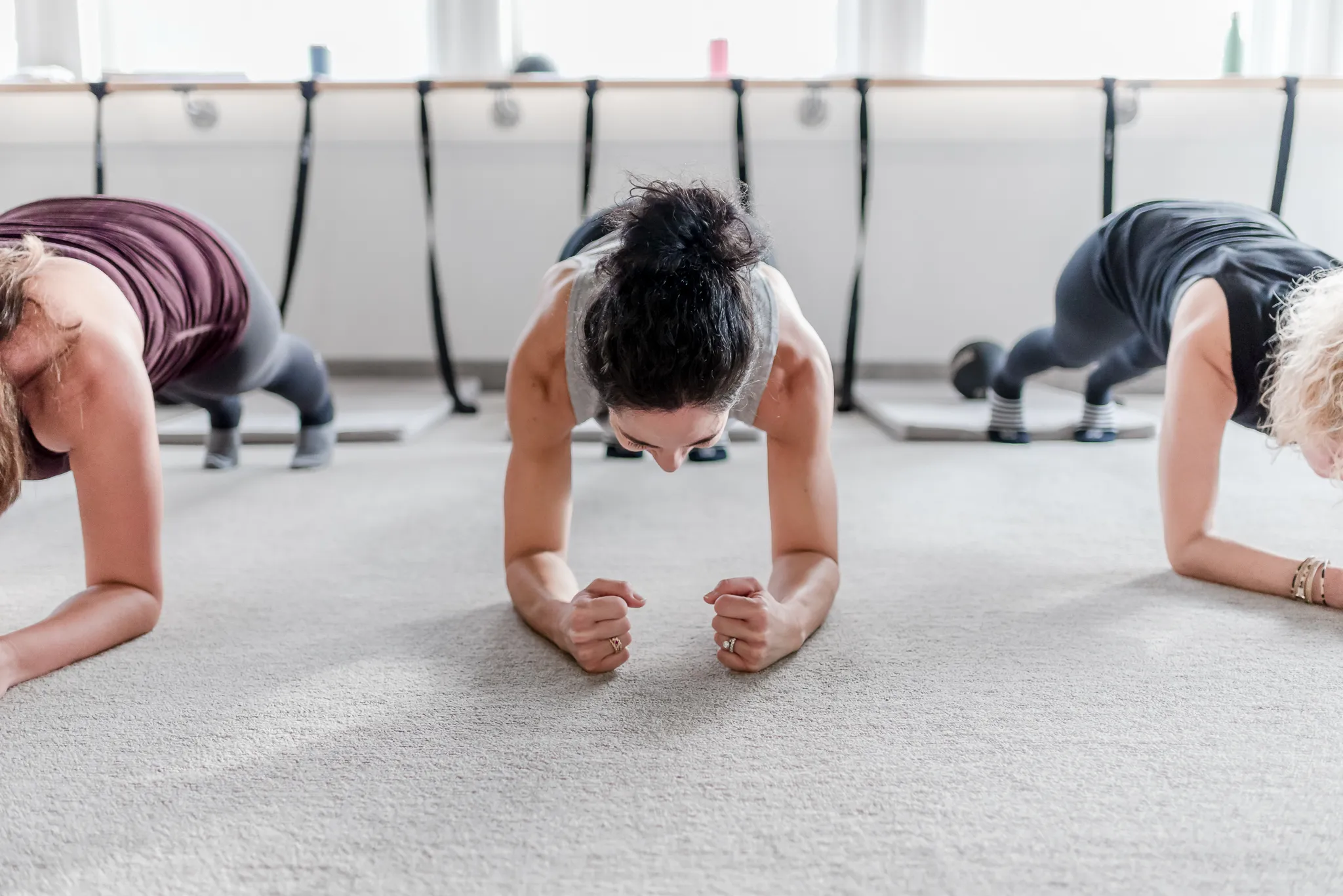
Static holds are exercises where you maintain a fixed position without moving. Static Holds For Improved Circulation can boost your circulation in surprising ways. These simple yet effective moves improve blood flow by engaging multiple muscle groups simultaneously.
You might think of static holds as standing still, but they’re much more. Your muscles work hard to keep you steady, increasing your heart rate and sending blood throughout your body. This can lead to better overall circulation and heart health.
Many people find static holds easier on their joints than regular exercises. You can do them almost anywhere, making them a great choice for busy schedules or when you’re short on space. Whether you’re new to fitness or a seasoned athlete, static holds can be a valuable addition to your routine.
Key Takeaways
- Static holds engage muscles to boost blood flow and heart health.
- These exercises are easy on joints and can be done in small spaces.
- You can adapt static holds to fit different fitness levels and goals.

Types of Static Holds
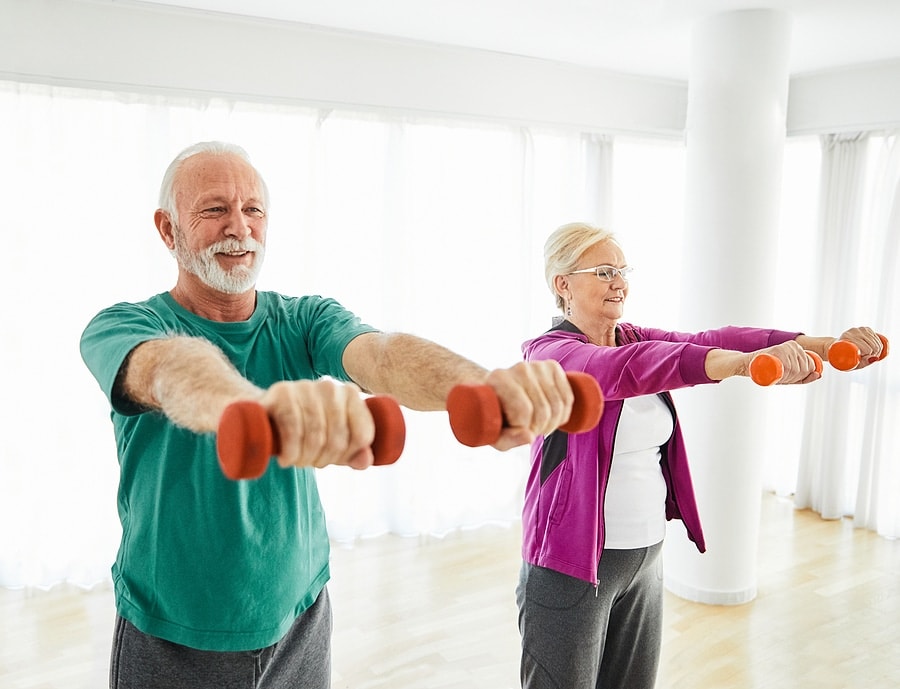
Static holds are exercises where you maintain a fixed position for a set time. They can improve strength, endurance, and static holds for improved circulation in different body parts. Let’s look at some common static holds for your legs, arms, and core.
Leg Holds
Wall sits are a great leg hold. Stand against a wall and slide down until your thighs parallel the ground. Hold this position for 30-60 seconds. Squats with static holds can boost leg strength. Lower into a squat and pause at the bottom for 10-30 seconds before standing back up.
Single-leg stands to improve balance and leg strength. Stand on one foot and hold for 30 seconds. Switch legs and repeat. Calf raises with holds target your lower legs. Rise onto your toes and hold for 10-30 seconds. This works your calf muscles and improves ankle stability.
Arm Holds
Plank holds work your arms and shoulders. Get into a push-up position and hold for 30-60 seconds. Keep your body straight and core tight. Chin-up holds build upper body strength. Grab a pull-up bar and hold yourself at the top position for as long as possible.
Dumbbell holds improve grip strength. Hold a dumbbell in each hand by your sides for 30-60 seconds. This targets your forearms and hands. Doorway chest stretches work your chest and shoulders. Stand in a doorway with your arms on the frame at shoulder height. Lean forward and hold for 30 seconds.
Core Holds
Planks are great for your core. Hold a forearm plank position for 30-60 seconds. Keep your body straight and engage your abs. Hollow body holds target your entire core. Lie on your back, lift your arms and legs off the ground, and hold for 20-30 seconds.
Side planks work your obliques. Lie on your side, prop up on your elbow, and lift your hips. Hold for 30 seconds on each side. Superman strengthens your lower back. Lie face down, lift your arms and legs off the ground, and hold for 20-30 seconds.
Here’s a video about exercises for seniors.
By: Body Fix Exercises
Proper Techniques for Static Holds
Static holds for improved circulation can boost your strength and overall blood flow. Proper form is key to getting the most out of these static holds for improved circulation while avoiding injury.
Alignment Considerations
When doing static holds, keep your body in good alignment. Your body should form a straight line from head to heels for a plank hold. Don’t let your hips sag or lift too high. Keep your shoulders away from your ears and engage your core muscles. This protects your lower back.
For wall sits, press your back flat against the wall. Your knees should be at a 90-degree angle, directly above your ankles. Handstand holds require careful alignment, too. Stack your shoulders over your wrists and keep your body straight.
Duration and Intensity
Start with shorter holds and build up over time. Aim for 10-30 seconds per hold at first. As you get stronger, you can increase to 60 seconds or more. Do 3-5 sets of each hold. Rest for 30-60 seconds between sets.
Adjust the intensity by changing your position. For example, you can drop to your knees in a plank hold to make it easier. To make it harder, lift one foot off the ground. For barbell holds, start with a weight you can hold for 5-10 seconds. Gradually increase the weight as you get stronger.
Breathing Techniques
Proper breathing is crucial during static holds. Don’t hold your breath. This can raise your blood pressure and make the exercise harder. Instead, breathe steadily and deeply. Inhale through your nose and exhale through your mouth.
Try to match your breath to the duration of the hold. For a 30-second hold, you might take 5-6 deep breaths. Focus on expanding your ribcage as you breathe. This helps maintain tension in your core muscles. It also keeps you relaxed and focused during the hold.
Incorporating Static Holds into Your Routine
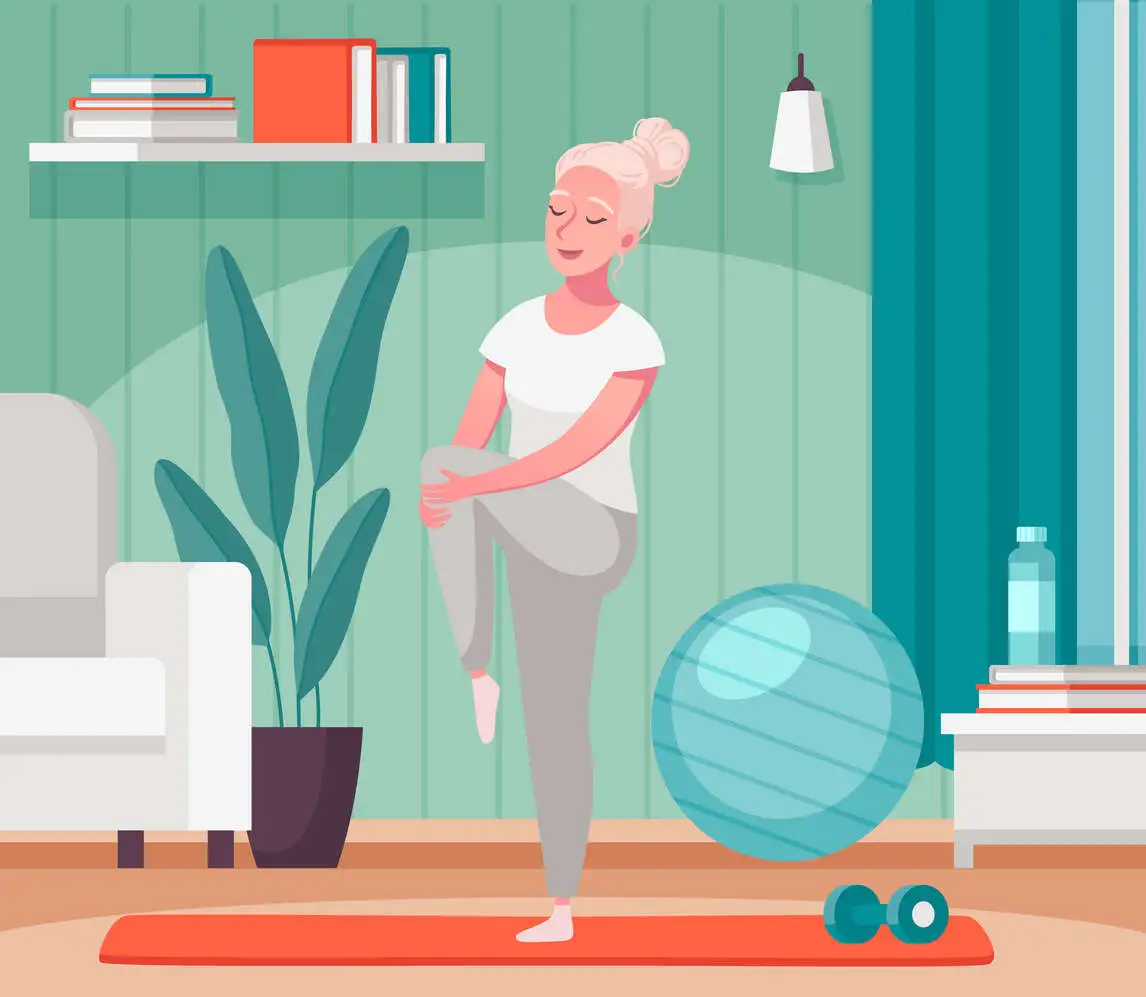
Adding static holds for improved circulation to your workout can boost strength and endurance. Here’s how to make them part of your regular exercise plan.
Frequency of Practice
Start by doing static holds 2-3 times a week. This gives your muscles time to recover between sessions. Pick key exercises like planks, wall sits, or chin-up holds. Aim to hold each position for 30 seconds at first. As you get stronger, try to increase your hold time. You can also add more sets. Remember to warm up before static holds. This helps prevent injury and improves performance.
Static Holds and Dynamic Exercises
Mix static holds with regular exercises for a well-rounded workout. For example, do a set of squats followed by a wall sit-hold. You can also use static holds at the end of your workout. This helps build muscle by keeping tension on your muscles longer. Try this combo:
- Eight dumbbell squats.
- 30-second squat hold.
- Repeat with lighter weights.
This method works your muscles in different ways, leading to better results.
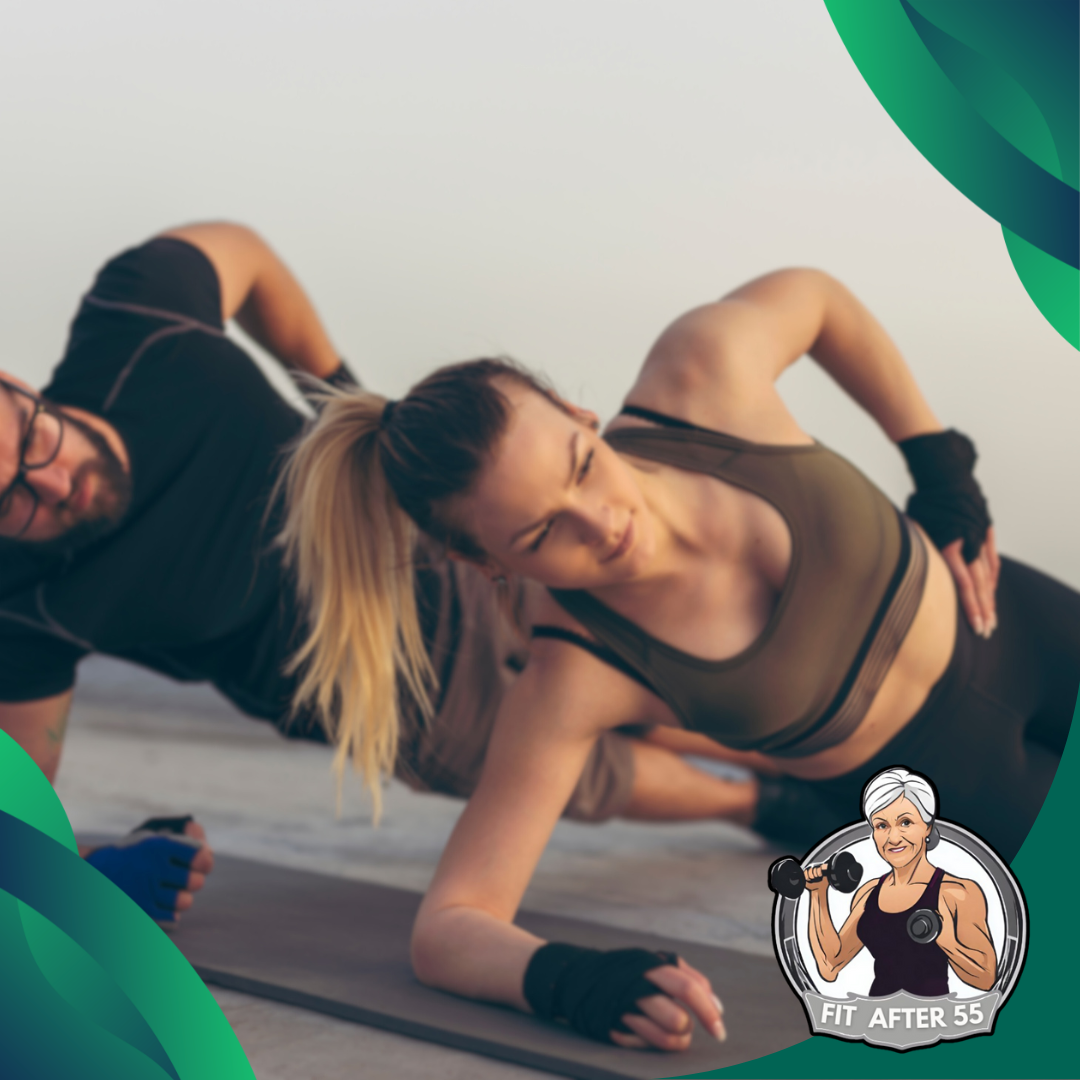
Did you Know?
Many fitness platforms offer online courses on static holds and isometric training. Udemy has several beginner-friendly options, including “Isometric Training for Strength and Fitness” by fitness expert Paul Zaichik.
Progress Tracking
Keep a log of your static hold times and weights used. This helps you see your progress over time. Set small goals each week. Consider adding 5 seconds to your plank hold or use slightly heavier weights for your squat hold.
Take photos or videos of your form. Good form is key for static holds to work well and prevent injury. Consistency is important for seeing results. Stick to your routine and be patient. You will likely notice improvements in strength and endurance within a few weeks.
Modifications for Different Fitness Levels
Static holds can be adapted to suit various fitness levels. You can adjust the difficulty of these exercises to match your current abilities and gradually increase the challenge as you progress. Incorporating static holds for improved circulation into your routine can enhance your strength and cardiovascular health.
Beginner Modifications
For beginners, start with shorter hold times. Aim for 10-15 seconds per hold. Use support when needed, like leaning against a wall for wall sits or using a chair for assisted planks. Choose less demanding positions. Try knee planks instead of full planks. For squats, don’t go as low. Hold a quarter squat position rather than a full squat.
Rest more between holds. Take 30-60 seconds to recover before your next hold. This allows your muscles to recharge. Focus on proper form over duration. It’s better to hold a correct position for a shorter time than to compromise your posture for a longer hold.
Advanced Techniques
As you get stronger, increase hold times. Aim for 30-60 seconds or even longer for each static hold. Add instability to challenge your balance. Use a stability ball for planks or stand on one leg for single-leg holds. Incorporate weights to increase difficulty. Hold dumbbells during wall sits or wear a weighted vest for planks.
Try more challenging variations. Progress to one-arm planks or pistol squat holds. These target smaller stabilizing muscles and require more strength. Decrease rest times between holds. This builds muscular endurance and improves circulation. Aim for 15-30 seconds of rest between holds.
Static Holds For Improved Circulation: Safety Precautions and Contraindications
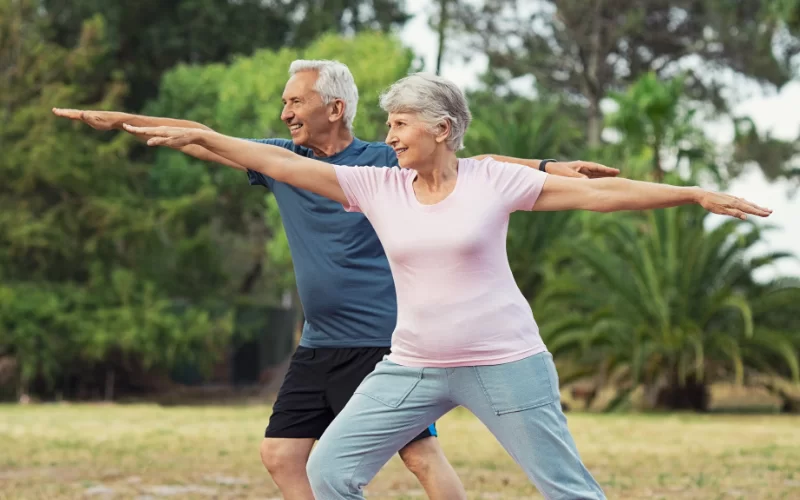
Static holds can improve circulation, but they come with risks. Taking proper safety measures and knowing when to avoid these exercises is crucial.
Recognizing Personal Limits
Listen to your body during static holds. Stop if you feel pain, dizziness, or shortness of breath. Start with short hold times, like 10-15 seconds, and slowly increase as you get stronger. Don’t hold your breath during exercises. Breathe normally to prevent a spike in blood pressure.
Take breaks between holds. Rest for 30-60 seconds before starting the next one. Avoid locking your joints. Keep a slight bend in your elbows and knees to prevent strain. Stay hydrated. Drink water before, during, and after your workout.
Consulting Healthcare Providers
Talk to your doctor before starting static holds if you have heart disease or high blood pressure. These conditions may increase your risk of complications. Discuss any medications you’re taking. Some drugs can affect your body’s response to exercise.
If you’re pregnant or have joint problems, ask about safe alternatives or modifications. Get a physical exam to check your overall health. This helps identify any hidden issues that make static holds risky for you. Follow your healthcare provider’s advice on exercise intensity and duration. They can help you create a safe, personalized plan.
The Science of Circulation and Static Exercise
Static Holds For Improved Circulation can affect your blood flow in unique ways. They create pressure changes that impact how blood moves through your body.
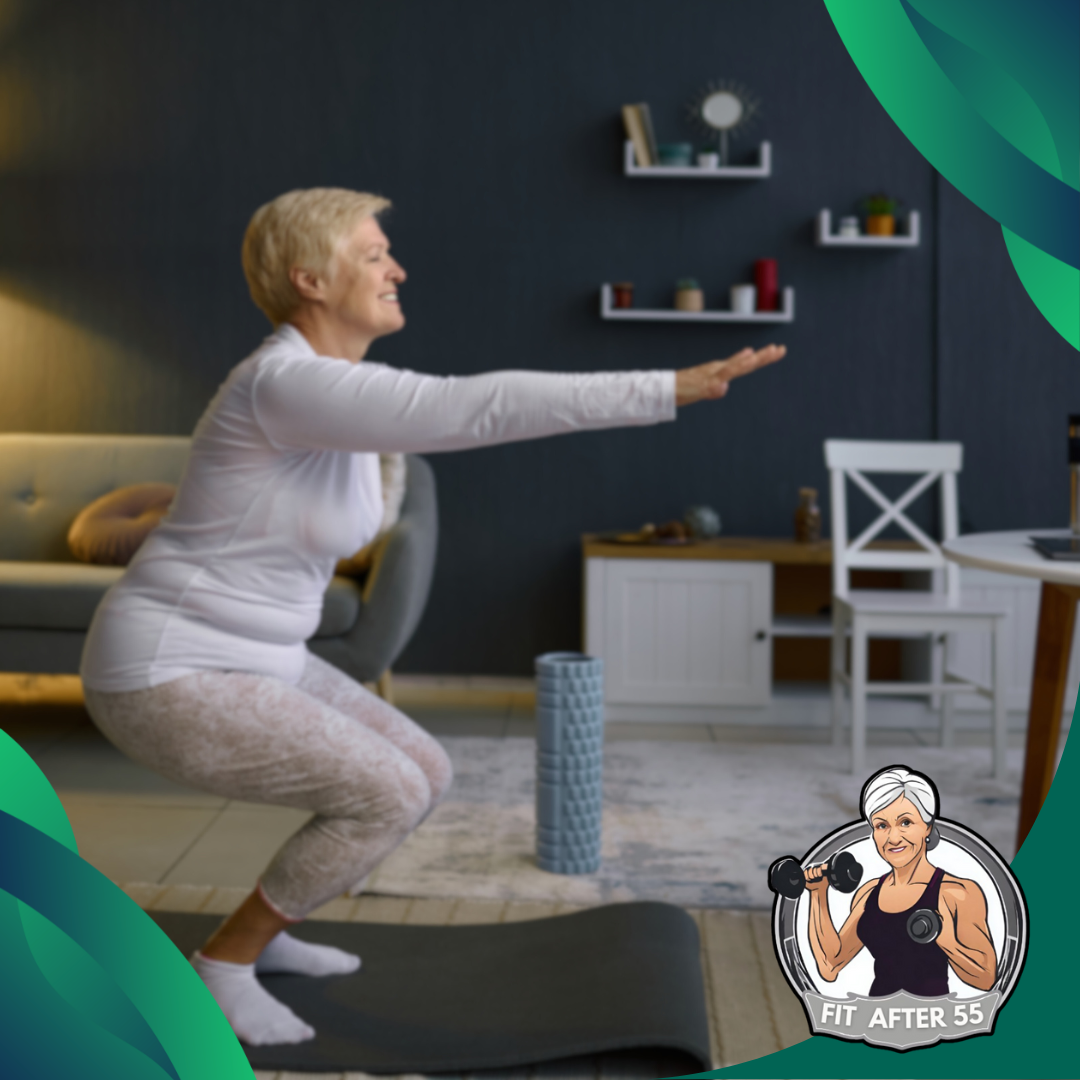
Physiology of Blood Circulation
Your heart pumps blood through your arteries, veins, and capillaries. This system delivers oxygen and nutrients to your tissues. When you exercise, your muscles need more blood. Your body responds by increasing your heart rate and blood pressure.
This boosts blood flow to working muscles. Cardiovascular adaptations occur over time with regular exercise. Static holds create a different effect. They temporarily restrict blood flow in the muscles being held. When you release the hold, blood rushes back into those areas.
Research on Static Holds and Circulation
Studies have looked at how static exercises affect your circulatory system. Some findings suggest static holds can improve blood vessel function. One key effect is called “vascular occlusion.” This happens when you tense a muscle and squeeze the blood vessels. When you relax, blood flow increases to that area.
Research on circulatory control during exercise shows complex interactions. Your brain, nerves, and muscles all play a role in regulating blood flow during static holds. Repeated static holds may lead to better blood vessel elasticity. This can help your overall circulation in the long run.
Holistic Approach to Circulation Improvement
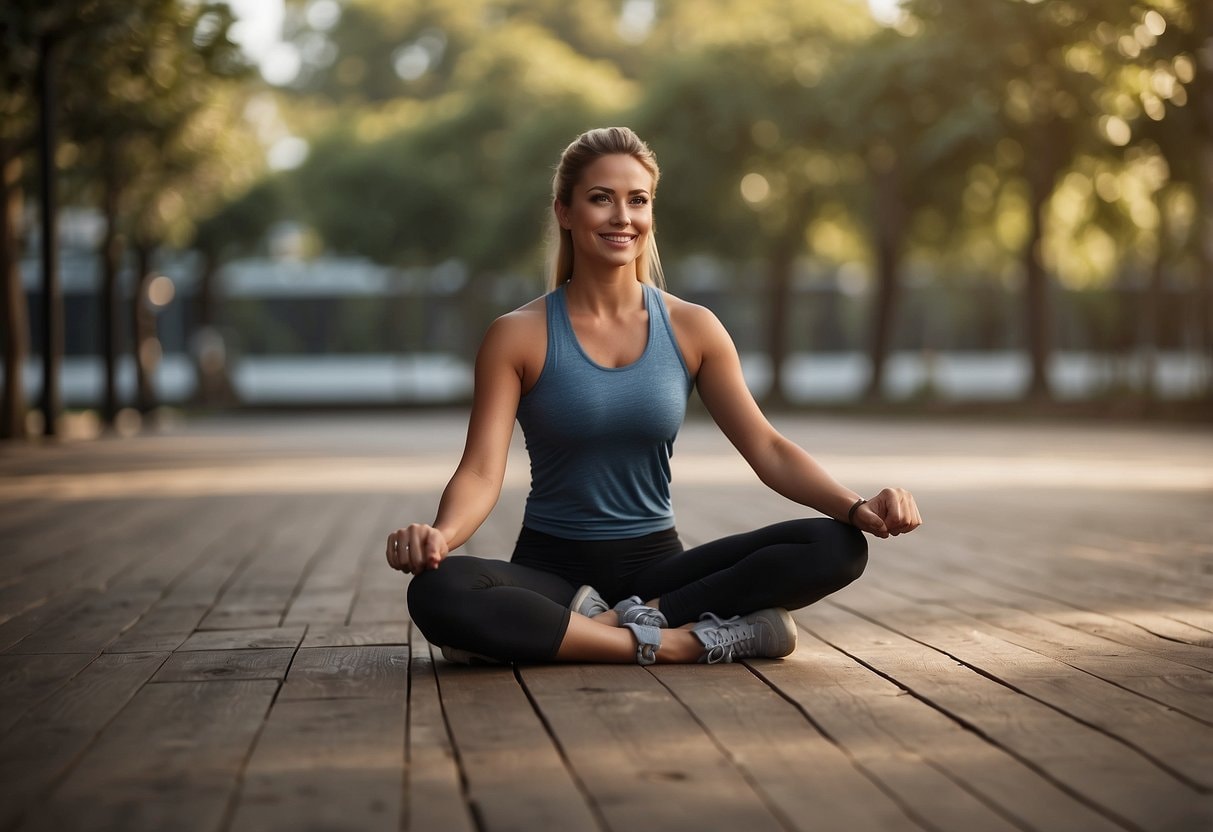
A holistic approach to improving circulation involves diet, hydration, and lifestyle changes. Incorporating static holds for improved circulation into your routine can significantly enhance these efforts, working together to boost blood flow and overall health.
Diet and Nutrition
Your diet plays a key role in circulation. Omega-3 fatty acids from fish like salmon can help your heart and blood flow. B vitamins are also important for circulation. Try adding these foods to your meals:
- Leafy greens.
- Berries.
- Nuts and seeds.
- Garlic.
- Beets.
Ginkgo biloba is an herb that may help open up blood vessels. You can take it as a supplement or drink it as tea. Avoid foods high in saturated fats and added sugars. These can clog your arteries and slow blood flow.
Hydration and Circulation
Drinking enough water is crucial for good circulation. Water makes up a large part of your blood volume. Here’s how to stay hydrated:
- Drink 8-10 glasses of water per day.
- Eat water-rich fruits and veggies.
- Limit caffeine and alcohol.
If you feel thirsty, you’re already dehydrated. Keep a water bottle with you and sip often. Staying hydrated helps your blood flow more easily through your body. This can reduce strain on your heart and improve overall circulation.
Lifestyle Factors Affecting Circulation
Your daily habits have a big impact on circulation. Regular exercise is one of the best ways to boost blood flow. Try these activities:
- Brisk walking.
- Swimming.
- Cycling.
- Yoga.
Massage can also help improve circulation. It relaxes your muscles and opens up blood vessels. Stress can harm your circulation. Practice relaxation techniques like deep breathing or meditation. Getting enough sleep is also important for good blood flow.
Dry brushing your skin can stimulate circulation. Use a soft brush and make gentle strokes toward your heart. Avoid sitting for long periods. Take breaks to stand up and move around every hour.
Here’s a video about foods that can help boost your blood circulation.
By: Respiratory Therapy Zone
Embrace Static Holds: Enhance Circulation and Boost Your Health
Incorporating static holds for improved circulation into your exercise routine can significantly enhance cardiovascular health and overall well-being. By engaging your muscles without movement, these isometric exercises promote efficient blood flow and support a healthier circulatory system. From increased blood flow and reduced risk of blood clots to enhanced vascular health, static holds offer numerous benefits that can complement other fitness and lifestyle practices.
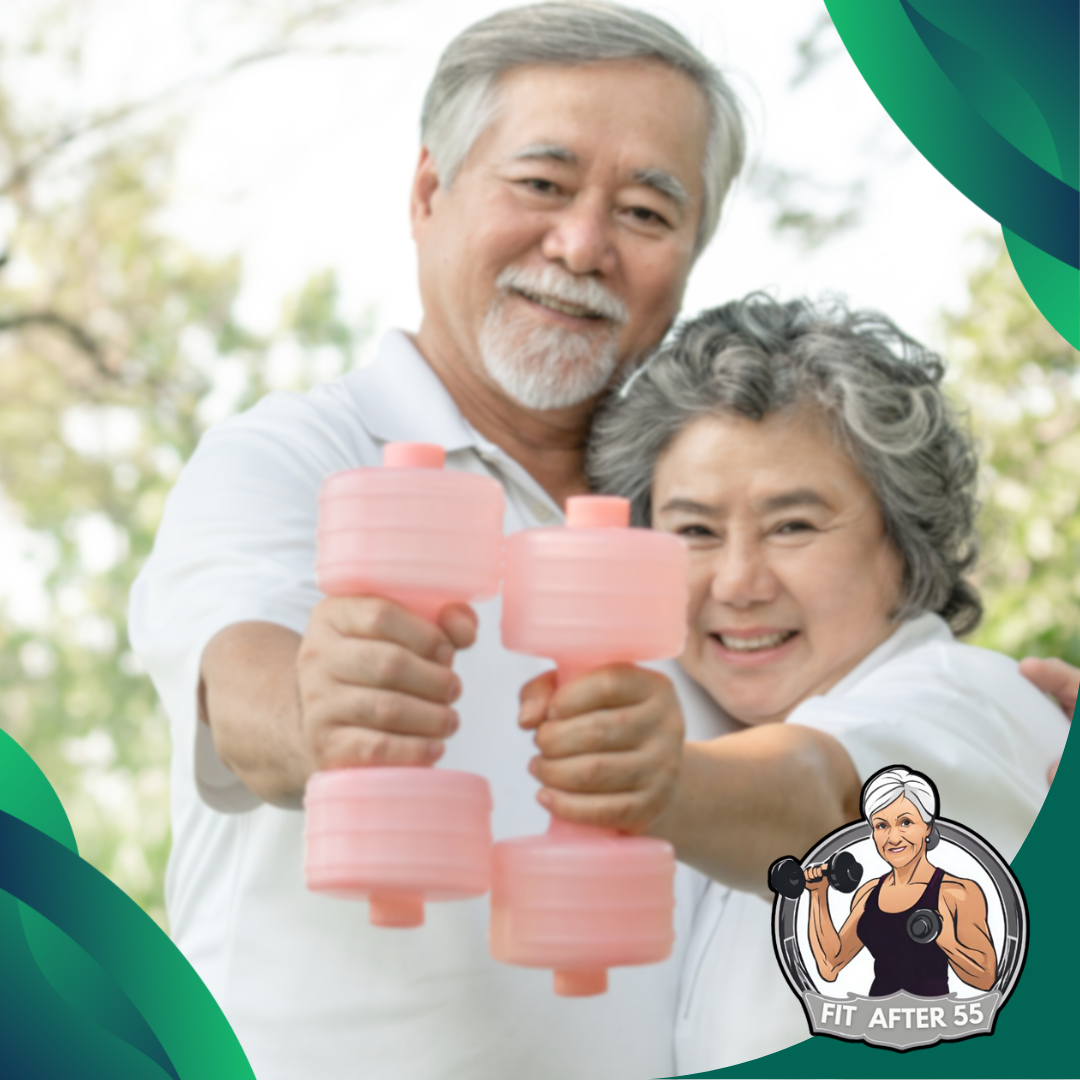
By incorporating these exercises into your routine, whether you’re just starting your fitness journey or looking to refine your current regimen, you’ll experience the advantages of better circulation, increased energy, and improved muscle strength. Remember to start with shorter holds, focus on proper form, and gradually increase intensity as you become more comfortable.
Consistency is key; with dedication, you’ll see positive changes in your health and vitality. Embrace the power of static holds, and take a proactive step toward a healthier, more energized you.
Frequently Asked Questions

What Exercises Can Be Performed for Static Holds to Enhance Circulation?
You can try several static hold exercises to improve circulation. Squat holds activate your core and lower body muscles. Plank holds engage your entire body, promoting blood flow. Wall sits are great for leg circulation. Hollow holds target your core and can boost overall blood flow.
How Long Should Static Holds Be Maintained to Positively Affect Circulation?
Aim to hold static positions for circulation for 10-30 seconds. This duration allows time for blood flow to increase to the targeted muscles. Start with shorter holds and gradually increase the time as you build strength and endurance. Listen to your body and avoid holding for too long, which may cause tension.
Can Static Hold Exercises Contribute to Muscle Growth and Hypertrophy?
Yes, static holds can help build muscle. These exercises keep your muscles under tension for extended periods, leading to muscle breakdown. This breakdown is key for muscle growth. When your body repairs the muscle fibers, they can grow stronger and larger.
Joins Us and Embrace Wellness!
Join the Fit After 55 Community! and get inspired to stay active.
Visit our website here for expert tips, valuable insights, and reviews tailored for seniors. Connect with our supportive health and fitness community on our Facebook page.
Let’s start this fitness journey together and show that age is just a number!

